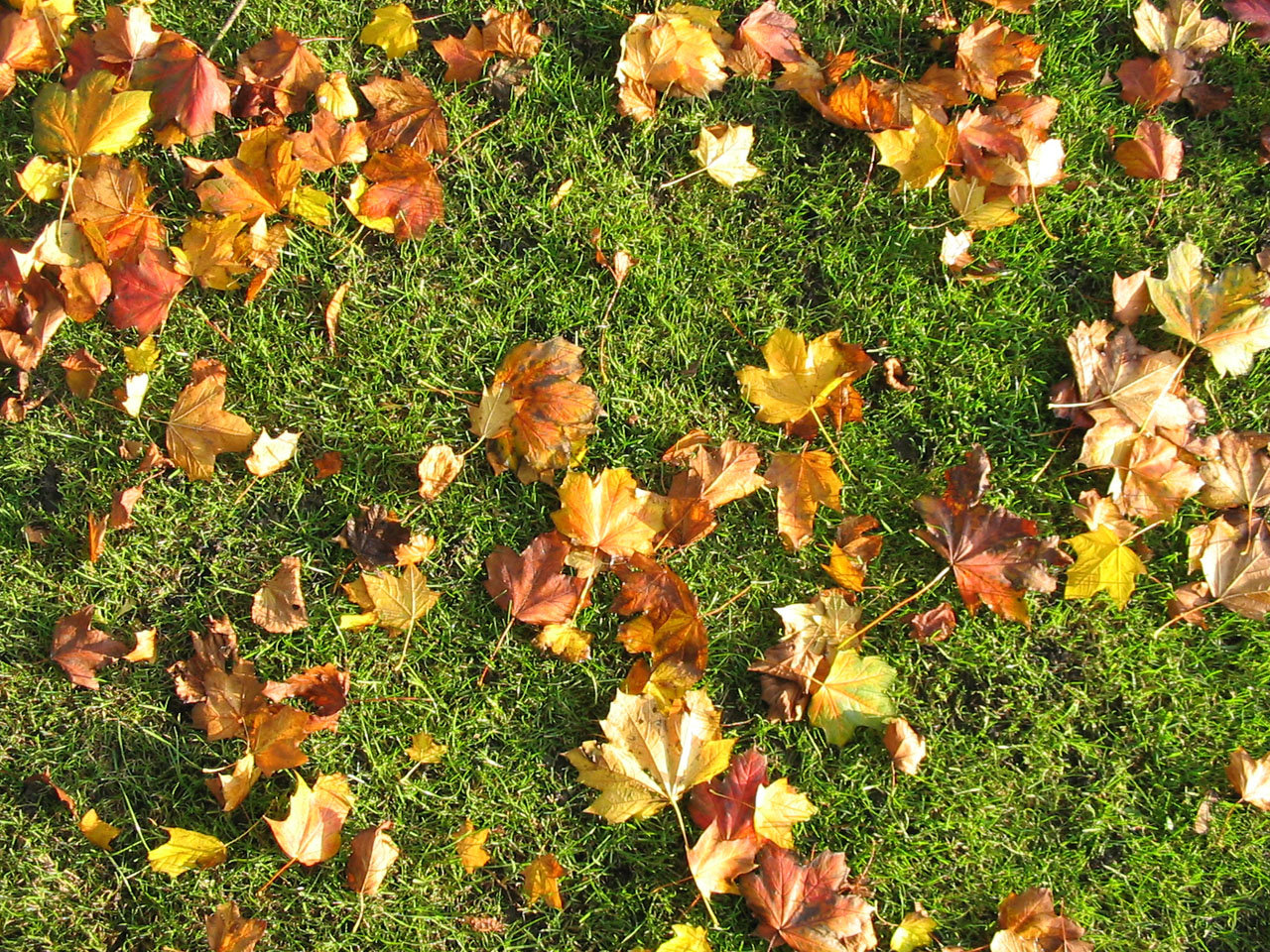 While it may not feel like it right now, fall is just around the corner and that's a time when many people neglect their lawn in Salmon Arm and the Shuswap region.
While it may not feel like it right now, fall is just around the corner and that's a time when many people neglect their lawn in Salmon Arm and the Shuswap region.
However, these five steps can ensure your lawn not only stays green and lush, but is healthier throughout the colder winter months, then returns as a healthy, lush lawn in the spring. Keep in mind, Salmon Arm has watering restrictions (limited to two days a week) in place until Sept. 15, with no lawn watering on Mondays.
1. Keep Mowing & Watering Your Grass
Even though your grass won't grow as quickly now that the days get shorter, it's still important to keep the sprinkler on it and mow it when needed. The grass is still alive and needs those essential nutrients to stay healthy. Half an inch of water every week is a sufficient amount for a healthy lawn.
2. Fertilize
When it comes to feeding your lawn, autumn is a very good time. Even though it's not growing that fast, the roots are still growing. Fertilizing in the fall should definitely be done before the first frost and before the ground starts freezing. Essentially the fall feeding gives vital nutrients that will get stored over the long winter months. Once it warms up again in March, your lawn will feed on those nutrients and be stronger and healthier.
3. Aerate Your Lawn
If there is a layer of thatch (more than half an inch) between your grass and the soil, you should aerate your lawn. The thatch prevents water and light from properly penetrating down into the dirt, leading to an unhealthy lawn by drying up roots and allowing fungus and moss to build up. Most people don't think about aerating in the fall, but it's important.
4. Take Out Weeds
With cooler weather coming, it's a perfect time to eliminate those pesky dandelions and other annoying weeds. Those broadleaf weeds are trying to take in as many nutrients as possible, so feed them some weed killer. If you use a herbicide now, you won't have to worry about them popping up next spring. The best time to use a weed killer is early to mid autumn.
5. Repair and Seed Bare Patches
Yes you can fill in those dead spots during the fall. Start by raking out the area (this a good time to rake the leaves up as well), then lay down some seed. Cover the seed with topsoil and compact it. Then water every day for two weeks. You call also buy all-in-one patch repair dirt that has seed, dirt, mulch and fertilizer all mixed in. Just make sure you fix the bare spots early enough so it doesn't freeze when the grass is just sprouting up.
Posted by Marv Beer on
Leave A Comment